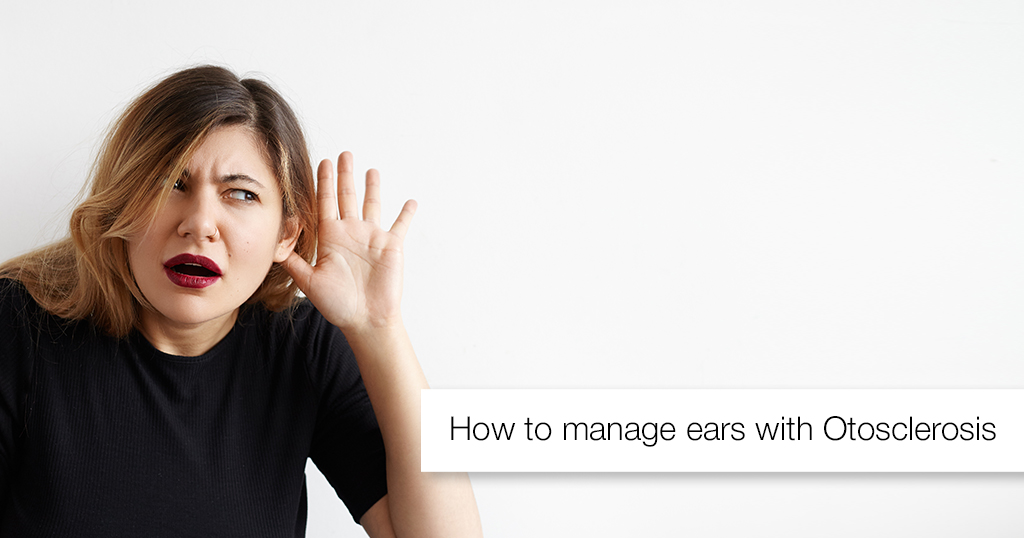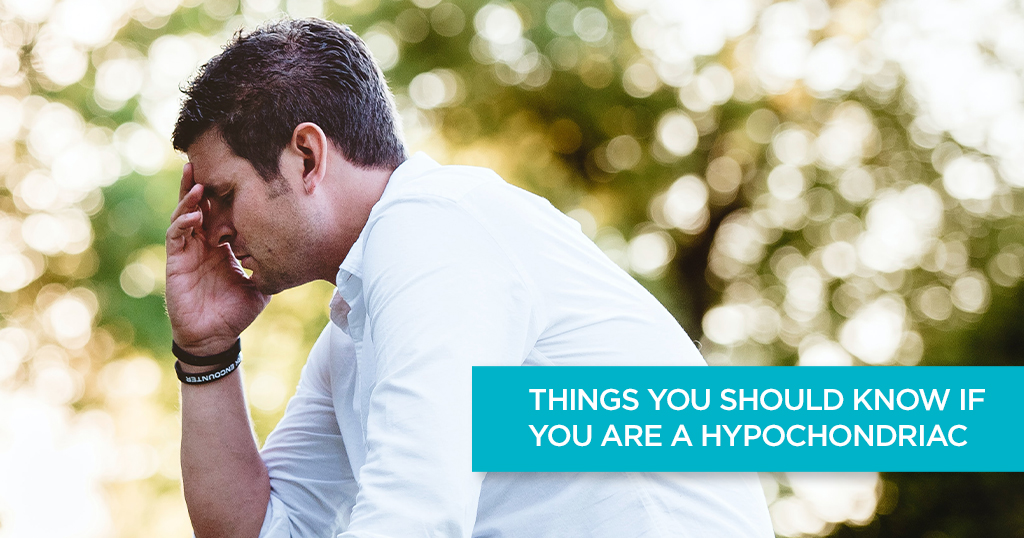How to manage ears with Otosclerosis


Overview:
Otosclerosis is one of the most probable causes of progressive hearing loss in younger adults. It occurs when a small bone in the middle ear, commonly known as stapes, gets stuck in its place. This usually happens when the bone tissue in the middle ear has an abnormal growth around the stapes. This abnormal bone growth prevents the stapes from vibrating freely in response to sound. When it is unable to do that, sound cannot travel from the middle to the inner ear. This makes it hard for the person to hear. Otosclerosis is a rare condition and it is important to learn more about this ear disorder.
What is Otosclerosis:
There are three small bones in our middle ear which connect to the ear drum. The smallest of them is stapes, which helps to amplify the sound waves. Right beside these tiny bones is the Otic capsule. When a part of bone tissue of this Otic capsule grows abnormally around the stapes, it stops it from vibrating freely and transmitting the sound to the inner ear. This causes a conductive hearing loss. In the early stages, the patient will normally be unaffected. Later on, a surgical operation may be done to restore the hearing. It is also known as Otospongiosis, when the bone growth is initially soft. Then later the growth goes onto become hard – a condition known as Otosclerosis, which often runs in families.
Symptoms of Otosclerosis:
An otosclerosis diagnosis is usually made by a specialist. But certain signs can be detected by the patients themselves or their relatives. These include:
- The foremost symptom is loss of hearing. At first, the sufferer may notice the inability to hear low-pitched sounds or whispering, which gets worse with time.
- The person may sometimes hear better in noisy backgrounds as otosclerosis tends to affect lower frequencies more.
- Dizziness
- Balance problems like Vertigo
- Tinnitus which is a ringing, roaring or hissing sound in the ears.
Causes of Otosclerosis:
Otosclerosis is known to cause a hearing loss in both the ears for most patients. The exact cause of otosclerosis remains unknown by experts. But there are certain risks or factors which trigger this disorder:
- It generally starts at a young age. Though the age range is from 10 to 45, you are most prone to develop this disorder in your 20s. The symptoms tend to get worse in your 30s.
- This disorder is often seen to run in families. About 50% of otosclerosis patients have it in their genes. But it is not necessary that you’ll get this disease even if you have the gene.
- Though both men and women develop this disorder, women are at a greater risk. Women lose their hearing faster if they are pregnant when the develop the disorder.
- Caucasians are most likely to develop this disorder. It is a rare condition in African-Americans.
- Certain medical issues and problems increase the risk of developing otosclerosis. For example, having measles, post- pregnancy conditions, stress fractures to inner ear bone tissue or immune disorders can lead to this ear condition.
Treatment for Otosclerosis:
Depending on the severity of your condition, your doctor will recommend the treatment plan. The method of treatment depends on the individual’s circumstantial health, degree of symptoms, and the united decisions of the doctor and patient. Different treatment approaches include:
- Watch and wait: Otosclerosis progresses to different degrees at different rates in different people. For some, the disorder may progress at a much slower pace. Depending on the patient’s health and hearing condition, hearing care professionals may suggest a wait and watch approach. This involves regular testing of the patient’s hearing.
- Hearing aids: Many people who have otosclerosis are recommended to use hearing aids to compensate for their hearing loss. These aids amplify the sound vibrations and fulfill the specific hearing needs of the patients. These are a great help for people who do not need or wish to undergo surgery. There may also be supplemental assistive devices which help patients to hear on a day to day basis.
- Sodium Fluoride: Certain doctors prescribe dietary supplements containing sodium fluoride in specific doses to help with the slowing down of the progression of the disease. But there has been limited proof and research on whether it actually works.
- Surgery: If your hearing loss gets worse or serious, your doctor may recommend a specialized surgical procedure known as stapedectomy. In this surgery, the doctor removes the affected stapes and replaces it with a prosthetic or artificial stapes.
Only the affected part can also be removed and replaced with a tiny implant. It is designed to serve the same function as its original counterpart. However, many factors are considered before this surgery as it has its own set of risks, including worsening of the hearing loss. If there is a loss of hearing in both the ears, the doctor will wait for at least 6 months after operating on one ear before carrying out surgery on the second.
Prevention of Otosclerosis:
Otosclerosis cannot be prevented. However, if you notice certain signs and symptoms like gradual loss of hearing or dizziness, you need to visit a doctor. Early treatment will help you maintain your hearing. However, in case you have developed this disease, you need to follow certain measures so as to prevent worsening it. These include:
- Living a healthy lifestyle.
- Better management of stress.
- Regular exercise.
- Healthy diet.
- Adequate sleep.
- Not exposing your ears to very loud music.
- Avoiding unhealthy substances like nicotine.
Conclusion:
The most important takeaway from this article is to pay immediate attention if you notice the signs and symptoms of hearing loss in a loved one or in yourself. Early diagnosis and treatment will help you retain your hearing without the hassle of a surgery. So, make sure to stay alert to the conditions and take the doctor’s advice to manage your ears in case of you have otosclerosis .





